The Thai festival of Loy Krathong, celebrated annually on the full moon of the twelfth lunar month, transforms the country into a mesmerizing spectacle of floating lights and cultural reverence. While the festival is observed nationwide, the celebrations in Chiang Mai and Sukhothai stand out as particularly iconic, each offering distinct interpretations of this ancient tradition. These two cities, separated by geography and history, have developed unique ways of honoring the water spirits while captivating both locals and international visitors.
Chiang Mai's Loy Krathong, locally known as Yi Peng, has gained global recognition for its breathtaking release of thousands of khom loi (floating lanterns) into the night sky. The northern city's celebration blends Lanna traditions with the national festival, creating a dual experience of water and light. As dusk falls over the Ping River, the entire city seems to hold its breath before simultaneously releasing these fiery orbs, creating a celestial river mirroring the krathongs floating below. The visual poetry of this moment has made Chiang Mai's version arguably the most photographed and Instagrammed variation of the festival.
Sukhothai, as the ancient first capital of Siam, approaches Loy Krathong with solemn historical gravitas. The festival here occurs amidst the hauntingly beautiful ruins of the old city, now a UNESCO World Heritage Site. Rather than focusing on aerial displays, Sukhothai's celebration emphasizes elaborate water-based performances and light shows that dramatize the city's glorious past. The krathongs floated in Sukhothai tend to be more traditional in design, often handmade from banana tree trunks and decorated with folded banana leaves, flowers, and candles in the ancient style.
The atmosphere in Chiang Mai during Yi Peng feels distinctly cosmopolitan yet deeply spiritual. Nimmanhaemin Road and the areas around Tha Phae Gate become hubs of activity where modern Thai youth mix with Buddhist monks and hill tribe members in traditional dress. Contemporary krathong designs using bread or ice (to feed fish rather than pollute) demonstrate the city's adaptive approach. Meanwhile, the simultaneous lantern releases at Mae Jo University have become pilgrimage events for travelers seeking that perfect shot of thousands of lights ascending together.
In contrast, Sukhothai's celebration maintains a more formal, almost ritualistic quality. The opening ceremony at the historical park features costumed performers reenacting scenes from the Sukhothai Kingdom's court life. Traditional dances and boat processions along the old moats recreate the ambiance of the 13th-14th centuries when the city flourished. The illumination of the ruins transforms the archaeological site into a living museum, with each glowing stupa and Buddha statue serving as silent witnesses to centuries of Loy Krathong observances.
Culinary traditions during the festival also highlight regional differences. Chiang Mai's street food stalls offer northern specialties like sai oua (herb-packed sausages) and khao soi alongside the festival sweets. Sukhothai's food vendors emphasize historical Siamese dishes, with an abundance of river fish preparations that recall the kingdom's aquatic bounty. The act of eating becomes part of the cultural experience in both cities, though with distinctly different flavor profiles telling their own stories.
For photographers and culture enthusiasts, choosing between these two celebrations often comes down to preferred aesthetics. Chiang Mai delivers dramatic, wide-angle moments perfect for capturing scale and emotion - the human experience of wonder writ large. Sukhothai offers more intimate, textured compositions where ancient architecture and delicate floating lights create frames within frames. Both cities share the festival's core spiritual elements - making merit, honoring the water goddess, and symbolically releasing negativity - but express them through different visual languages.
The logistical experiences differ markedly as well. Chiang Mai's celebration has become so popular that authorities now regulate lantern releases to specific times and zones to ensure safety. Finding accommodation requires booking months in advance. Sukhothai, while still busy, maintains a more relaxed pace where visitors can often find last-minute lodging and enjoy the lights without jostling through crowds. This makes Sukhothai preferable for travelers seeking contemplation with their celebration.
Ultimately, both cities offer unparalleled Loy Krathong experiences that transcend typical tourist attractions. Chiang Mai's version speaks to the festival's evolving nature in contemporary Thai society, while Sukhothai's connects visitors to its historical roots. For those able to visit both in successive years, the contrast provides profound insight into how Thai culture simultaneously preserves tradition and embraces change. The floating lights, whether ascending to the heavens or drifting across ancient moats, continue to carry hopes and dreams as they have for centuries, binding past and present in their gentle glow.

By George Bailey/Apr 11, 2025
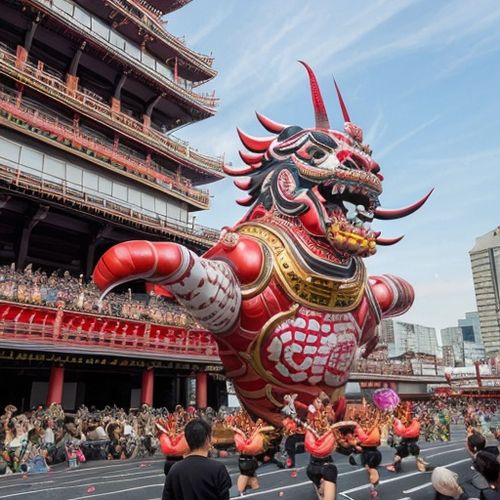
By Lily Simpson/Apr 11, 2025
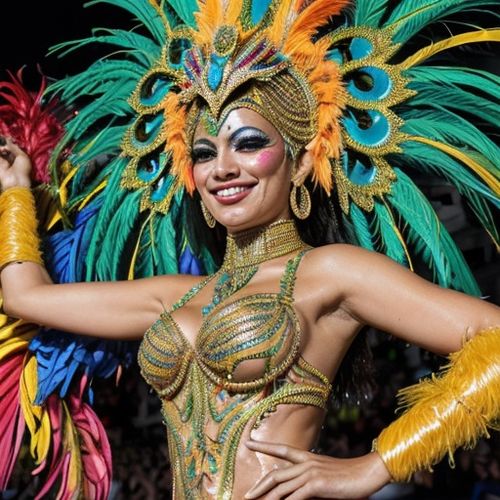
By Emma Thompson/Apr 11, 2025
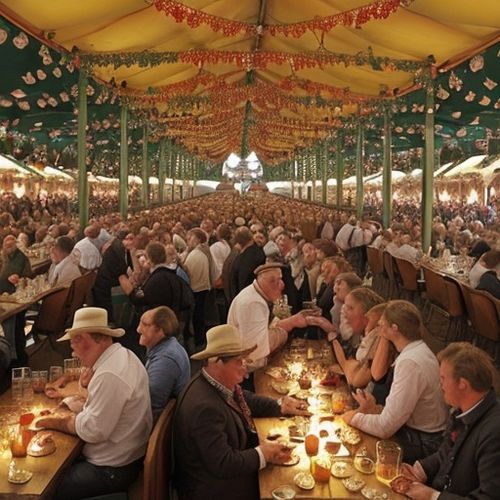
By Victoria Gonzalez/Apr 11, 2025

By Amanda Phillips/Apr 11, 2025
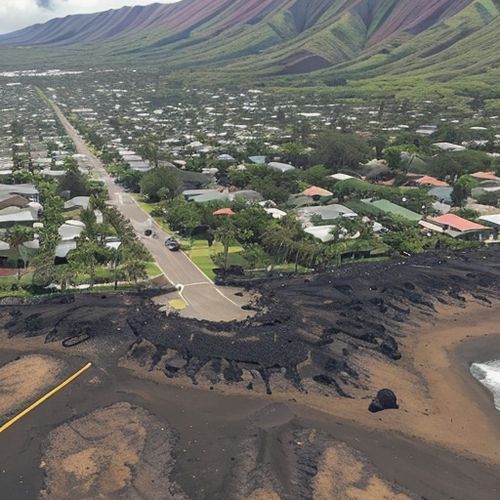
By Benjamin Evans/Apr 11, 2025
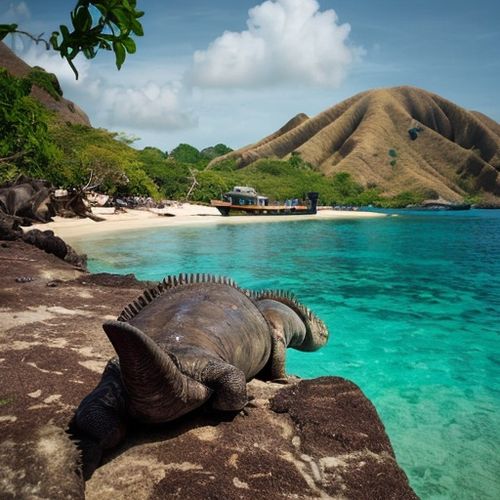
By William Miller/Apr 11, 2025

By Grace Cox/Apr 11, 2025

By Emma Thompson/Apr 11, 2025
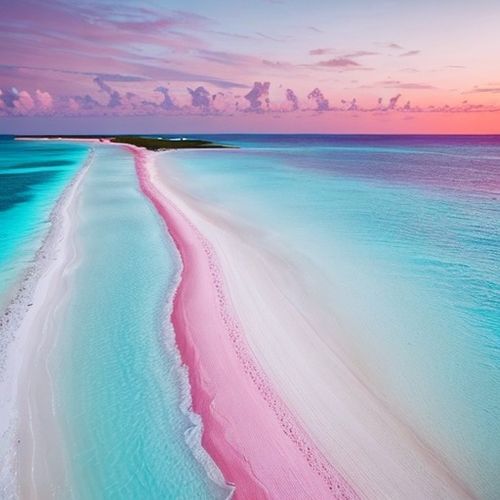
By Amanda Phillips/Apr 11, 2025
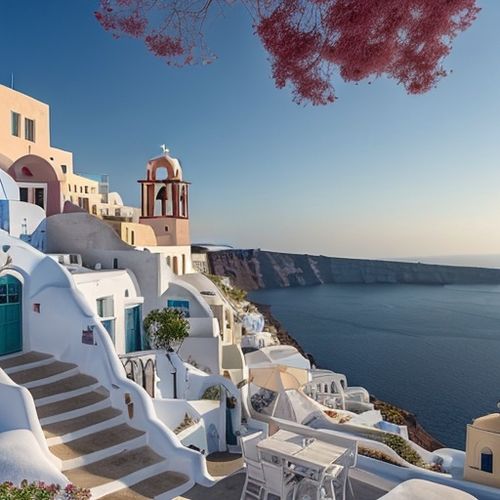
By Christopher Harris/Apr 11, 2025

By Noah Bell/Apr 11, 2025

By Victoria Gonzalez/Apr 11, 2025
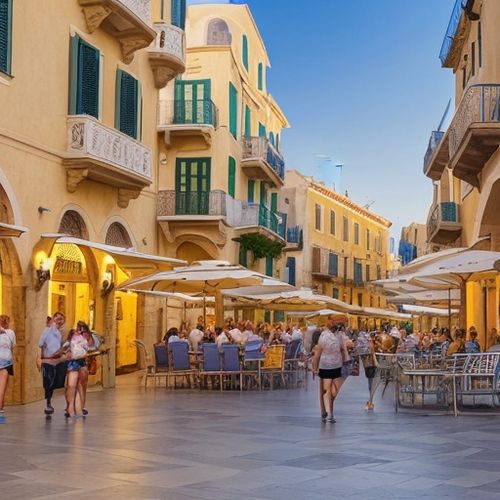
By Eric Ward/Apr 11, 2025
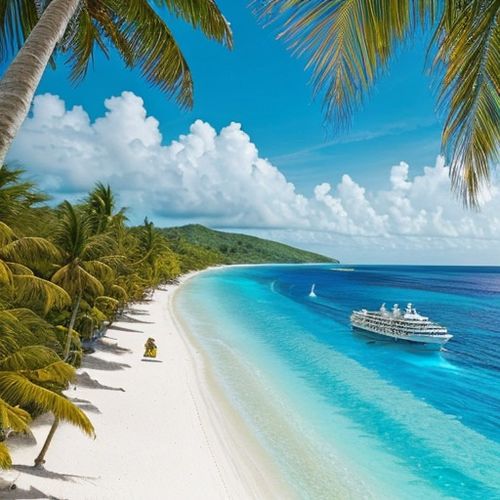
By Christopher Harris/Apr 11, 2025
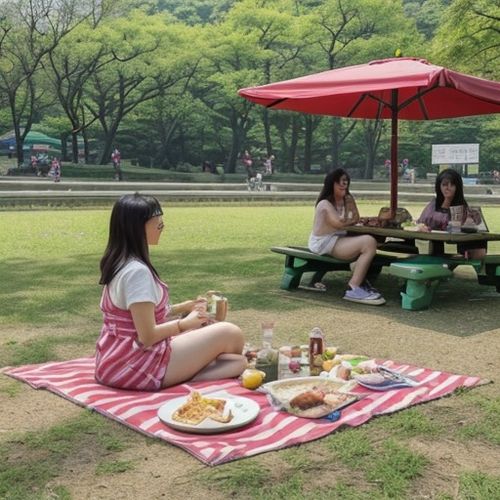
By David Anderson/Apr 11, 2025

By Christopher Harris/Apr 11, 2025

By Emily Johnson/Apr 11, 2025
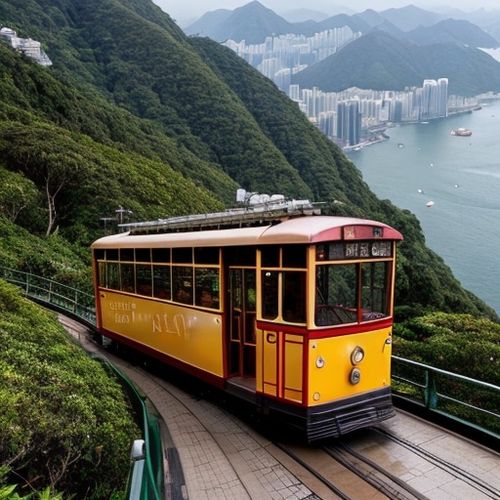
By Sophia Lewis/Apr 11, 2025

By Jessica Lee/Apr 11, 2025